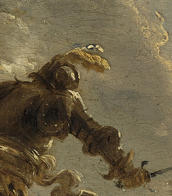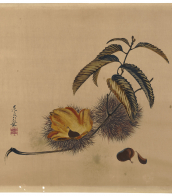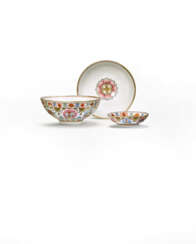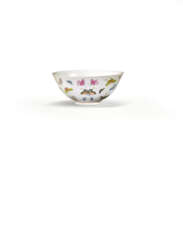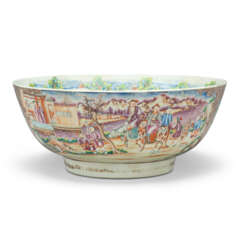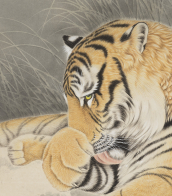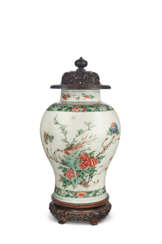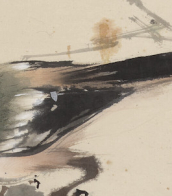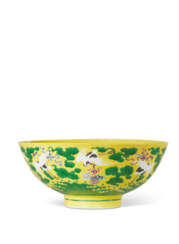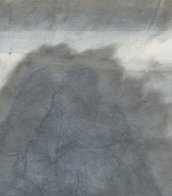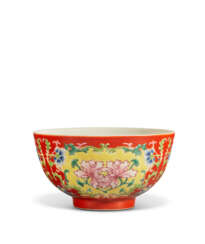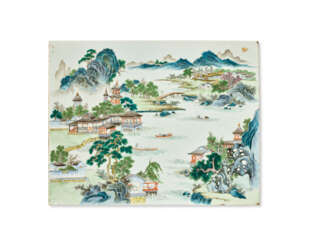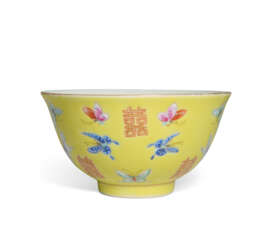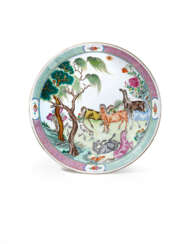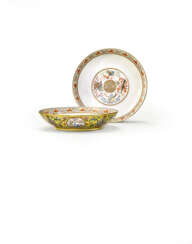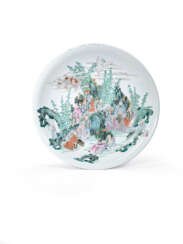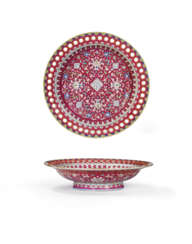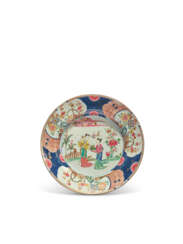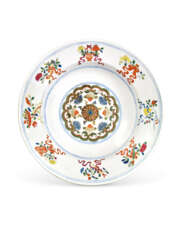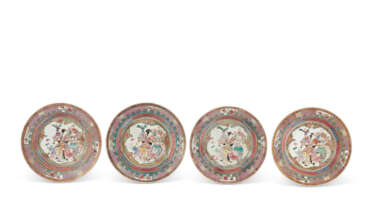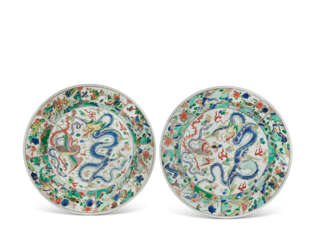arts de la table
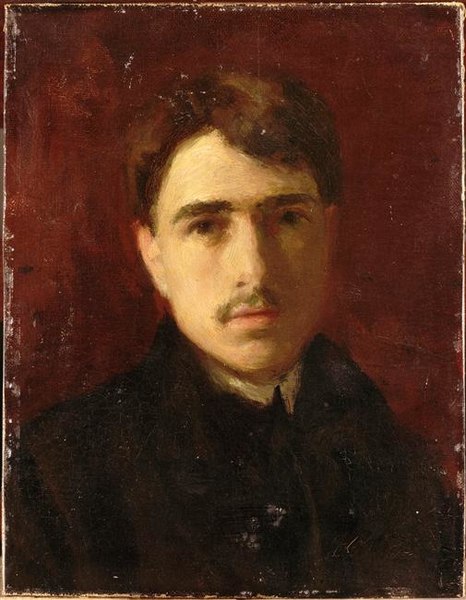
Roger de la Fresnaye was a French painter, a representative of Cubism in painting.
He studied at the Académie Julian in Paris and was fascinated by the art of Paul Cézanne. In his works Fresnaye synthesized lyrical color with geometric simplifications of Cubism.

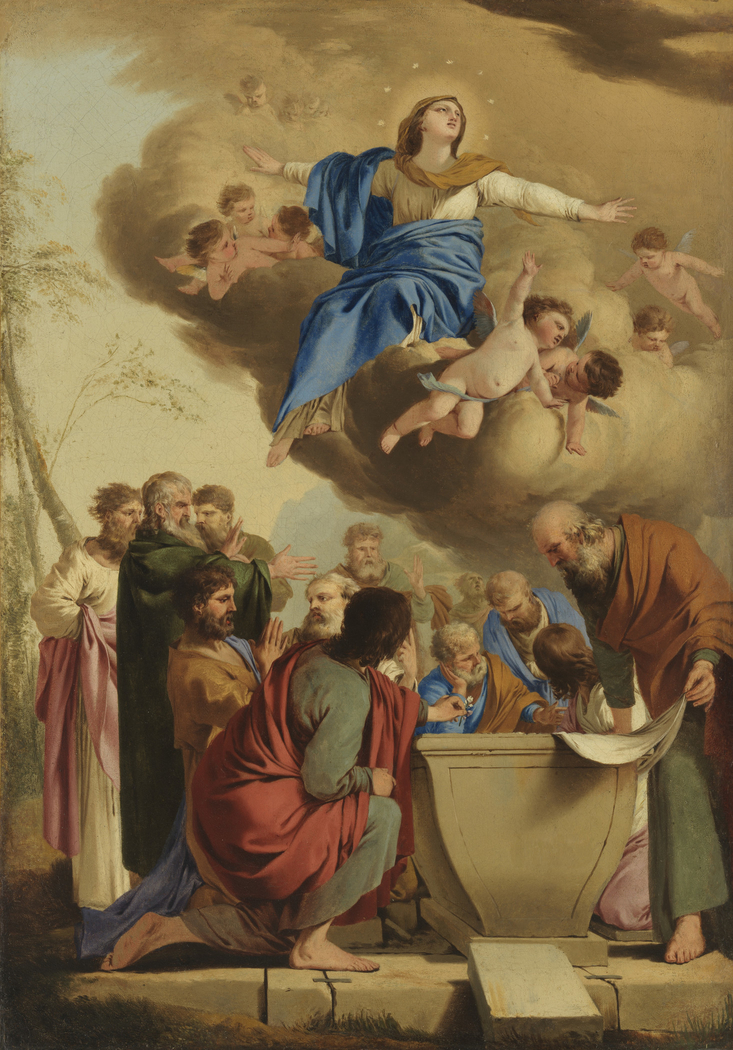
Laurent de La Hyre, a prominent French Baroque painter born in Paris in 1606, is celebrated for his mastery in landscape and allegorical paintings. Throughout his career, La Hyre exhibited a profound influence from the Italian artists who visited Paris, studying under Georges Lallemand and drawing inspiration from Primaticcio at Fontainebleau. Despite never traveling to Italy himself, La Hyre’s work was characterized by a captivating use of color and the delicate composition of figures, marking him as a key figure in the transitional period leading up to the French Baroque era introduced by Simon Vouet.
La Hyre’s paintings are notable for their gravity, simplicity, and dignity, qualities that resonated with the neoclassical style of Parisian Atticism he championed. His early works are particularly recognized for their painterly style and storytelling prowess, often depicting subjects rarely seen in his contemporaries' work. One of his most significant contributions was to the Capuchin friars of the Marais, with the painting of Pope Nicholas V discovering the corpse of St. Francis of Assisi, now housed in the Louvre alongside eight other works by La Hyre. Museums in Strasbourg, Rouen, and Le Mans also boast collections of his work, showcasing his broad appeal and the versatility of his subject matter.
In 1648, La Hyre's status in the art world was further cemented by his role as one of the founding members of the French Royal Academy of Painting and Sculpture, highlighting his influence and prominence in French art history. Despite his fame, La Hyre’s legacy underwent periods of reevaluation, particularly towards the end of the 17th century when his work received less favorable comparisons to contemporaries like Vouet, Champaigne, and Le Sueur. Nonetheless, his impact on the French Baroque movement and his contribution to the Academy underline the significance of his work and his role in the development of French art.
La Hyre's oeuvre spans a wide range of themes, from mythological and biblical scenes to allegories of the liberal arts, demonstrating his versatility and innovative approach to art. Among his notable works are the allegorical representations of the Seven Liberal Arts, designed as a series and showcasing disciplines like Astronomy, Grammar, and Music as personified figures, reflecting the intellectual and cultural values of his time.
Collectors and experts in art and antiques appreciate La Hyre not only for the aesthetic and historical value of his paintings but also for the insights they provide into the cultural and intellectual currents of 17th-century France. His works, preserved in prestigious museums and galleries, continue to be celebrated for their artistic merit and historical significance.
For those keen on exploring the rich tapestry of Baroque art and the contributions of Laurent de La Hyre to this period, signing up for updates on new product sales and auction events related to La Hyre is an invaluable opportunity. This subscription ensures that enthusiasts and collectors are well-informed about the latest discoveries and offerings related to this influential artist, without the intrusion of unrelated content.
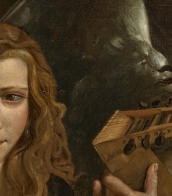
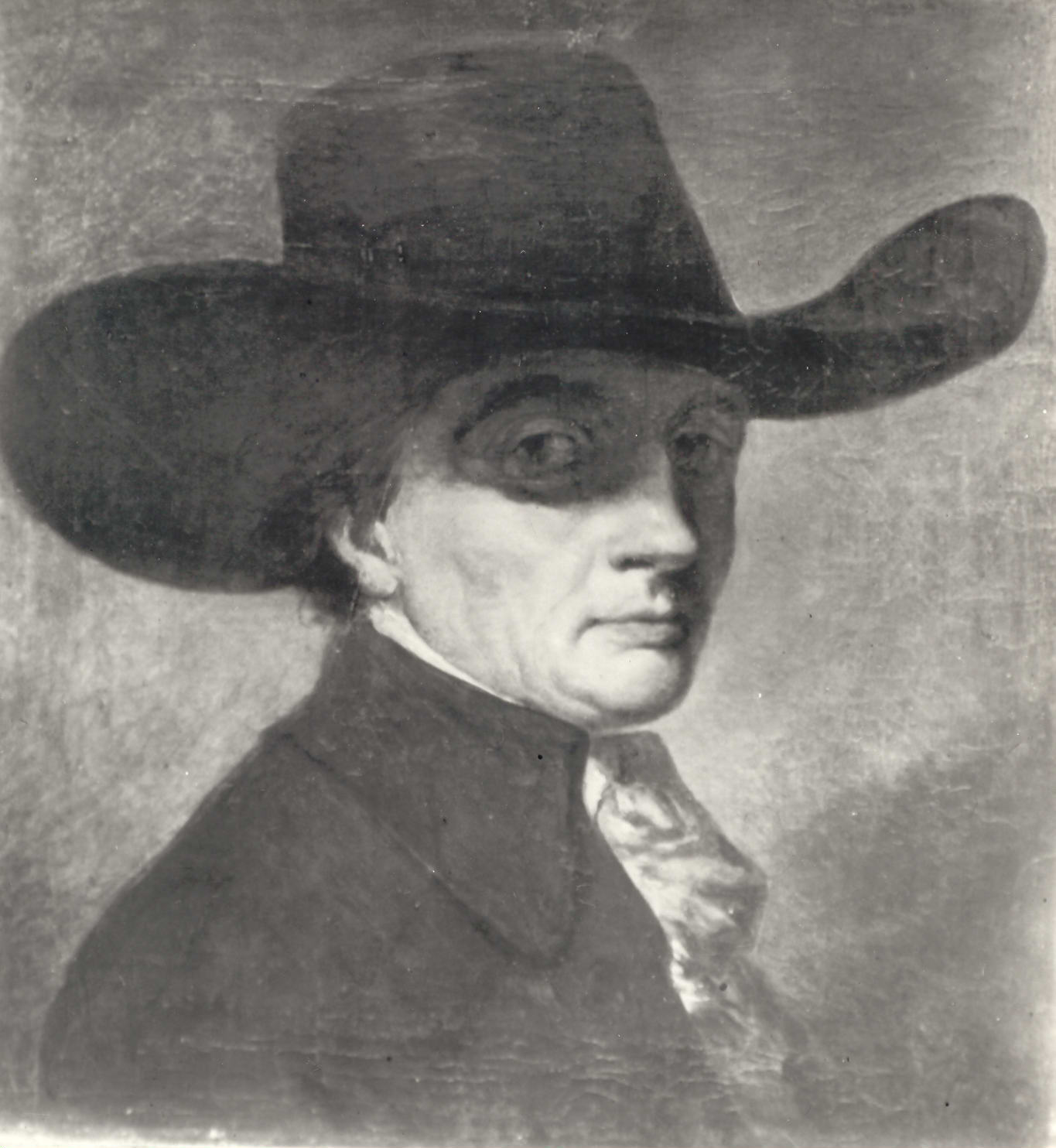
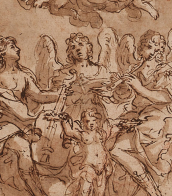
![[La FAMEUSE COMPAIGNIE DE LA LESINE].](/assets/image/picture_2734809/07111/8e5ed2c8a59160bd6c42c09c1cec29881679526000jpg__fix_374_244.jpeg)
![[La FAMEUSE COMPAIGNIE DE LA LESINE].](https://veryimportantlot.com/assets/image/picture_2734809/07111/8e5ed2c8a59160bd6c42c09c1cec29881679526000jpg__fix_374_244.jpeg)
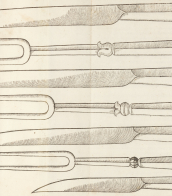
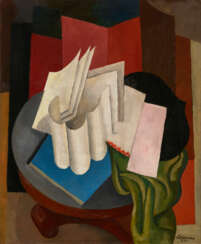

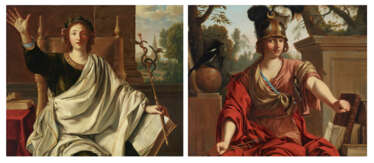

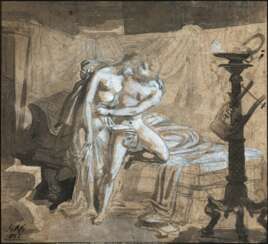




![[L'ART DE BIEN TRAITER].](/assets/image/picture_2735035/486f0/8bcb916634ae2ea6f382a0efb4affb6a1679526000jpg__fix_374_244.jpeg)
![[L'ART DE BIEN TRAITER].](https://veryimportantlot.com/assets/image/picture_2735035/486f0/8bcb916634ae2ea6f382a0efb4affb6a1679526000jpg__fix_374_244.jpeg)
![[L'ESCOLE PARFAITE DES OFFICIERS DE BOUCHE].](/assets/image/picture_2735105/64066/0e717649d5848b20cad6c08bb876358e1679526000jpg__fix_374_244.jpeg)
![[L'ESCOLE PARFAITE DES OFFICIERS DE BOUCHE].](https://veryimportantlot.com/assets/image/picture_2735105/64066/0e717649d5848b20cad6c08bb876358e1679526000jpg__fix_374_244.jpeg)


